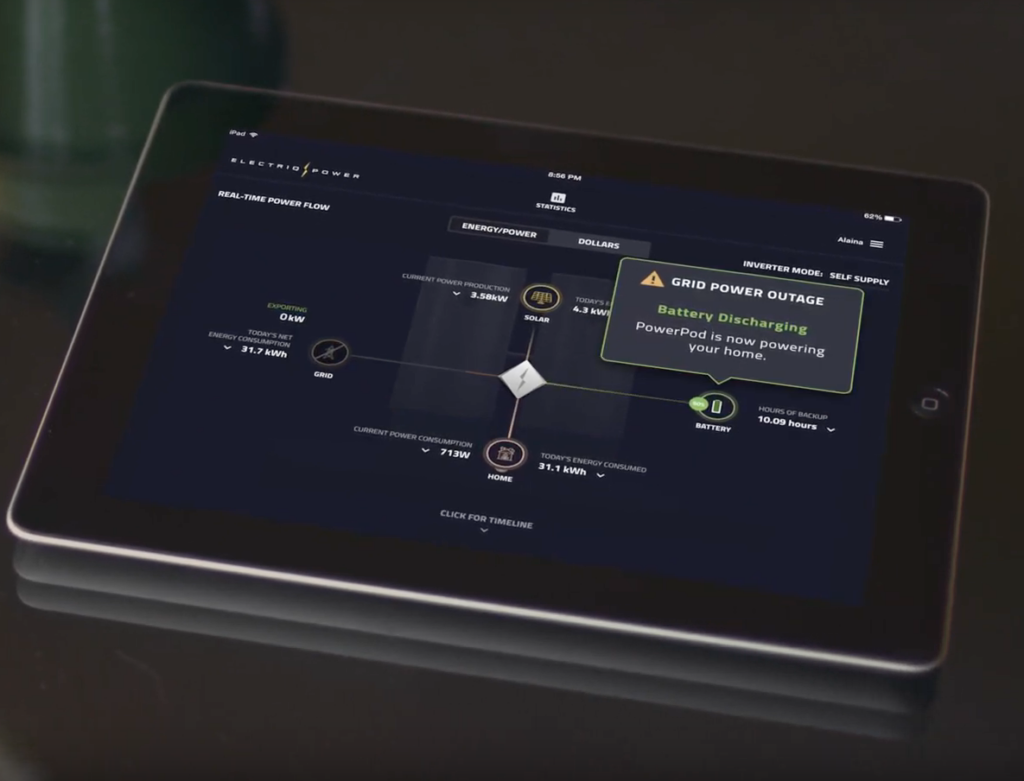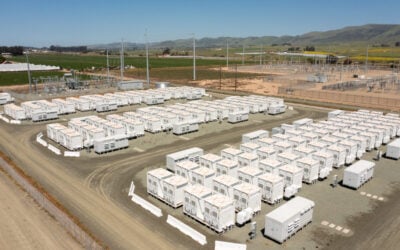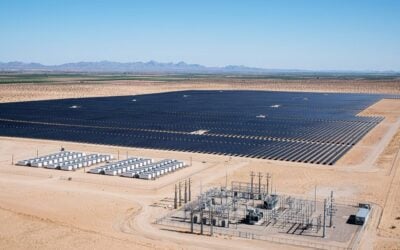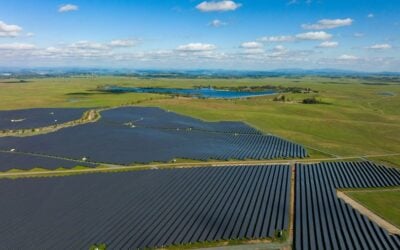
California Public Utilities Commission (CPUC) has approved requests made by utilities in the state to allow solar and storage facilities to use Limited Generation Profiles (LGPs) to connect to the state’s grid without paying for grid infrastructure upgrades.
An LGP is an energy export schedule that aims to manage the supply of electricity to the grid so that a grid’s hosting capacity, the amount of power it can accept from generation facilities, is not exceeded.
Enjoy 12 months of exclusive analysis
- Regular insight and analysis of the industry’s biggest developments
- In-depth interviews with the industry’s leading figures
- Annual digital subscription to the PV Tech Power journal
- Discounts on Solar Media’s portfolio of events, in-person and virtual
“Now, by taking into account the grid conditions at their proposed project site, and designing an export schedule based on those conditions, project developers have a means to avoid potentially costly grid upgrades,” wrote the Interstate Renewable Energy Council (IREC), a non-profit that has lobbied in support of the adoption of LGPs, in response to CPUC’s decision.
“Not only will this save money for individual developers and customers, it will also enable the grid to accommodate significantly higher levels of renewable energy at a lower overall cost.”
The proposals were submitted by the Pacific Gas and Electric Company, Southern Edison Company and San Diego Gas & Electric Company, utilities that serve around 24 million customers in California. CPUC has been considering the proposals since 2022, and the decision follows growing interest in updating California’s grid infrastructure, with around US$370 million in new grid investment required in the state.
To read the full version of this story, visit PV Tech.






